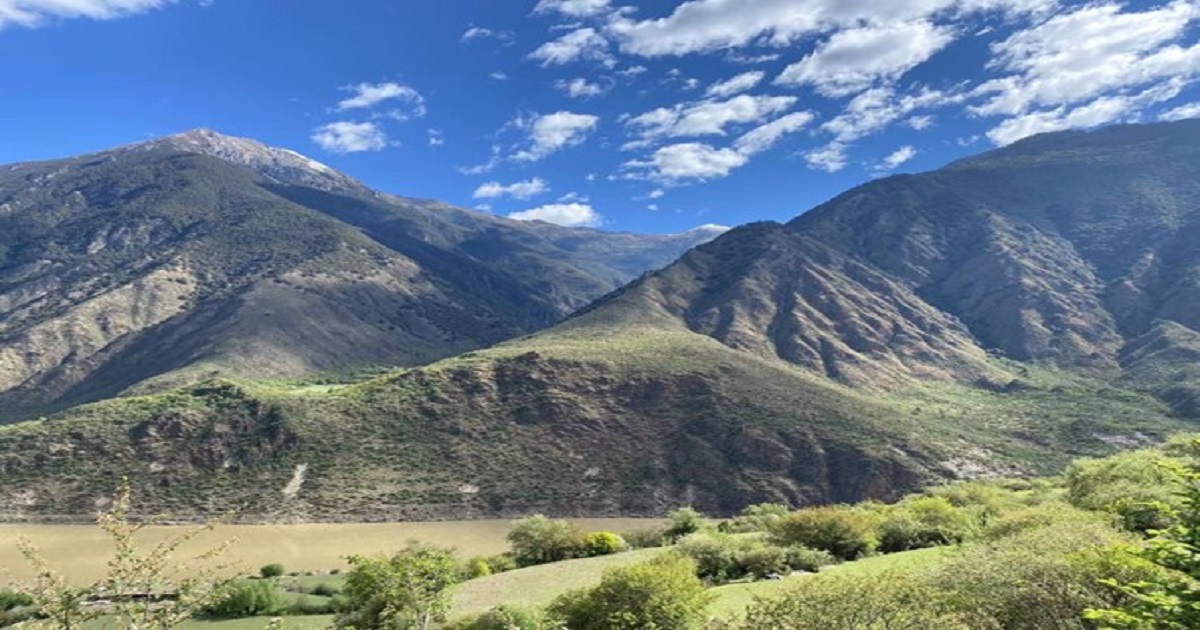Advances in Natural Rocks and Their Composite Materials
A special issue of Materials (ISSN 1996-1944). This special issue belongs to the section "Construction and Building Materials".
Deadline for manuscript submissions: 10 January 2025 | Viewed by 3459

Special Issue Editors
Interests: rock mechanics; computational mechanics
Interests: rock mechanics; fracture mechanics
Special Issue Information
Dear Colleagues,
The materials used in civil engineering construction are complex, involving natural and composite materials like rock and concrete, etc. As foundational materials, rocks and their composite materials significantly influence various domains of human existence. In engineering, their mechanical characteristics play a pivotal role in ensuring the safety and stability of engineering projects. Additionally, as integral components of the natural environment, rocks' mechanical properties affect research and construction in diverse sectors, such as resource exploration, environmental impact assessment, and investigating natural disasters. Exploring the mechanical attributes and applications of rocks and their composite materials holds the utmost significance in ensuring the security, efficiency, and sustainability of various engineering, construction, and environmental endeavors.
From within this context we would like to announce the inauguration of a Special Issue devoted to exploring "Advances in natural rocks and their composite materials". This Special Issue serves as a platform for disseminating original research and comprehensive reviews highlighting emerging trends along these foundational trajectories. Contributions are encouraged across various domains, including inventive testing instruments and methodologies, the characterization of mechanical attributes in rocks and their composite materials, advanced theoretical analyses rooted in mechanics, state-of-the-art numerical simulations and applications of intelligent algorithms, innovative engineering approaches to tackle rock mass challenges, and forward-looking techniques for anticipating and mitigating engineering disasters.
Dr. Meng Wang
Dr. Lei Zhou
Prof. Dr. Li Ren
Guest Editors
Manuscript Submission Information
Manuscripts should be submitted online at www.mdpi.com by registering and logging in to this website. Once you are registered, click here to go to the submission form. Manuscripts can be submitted until the deadline. All submissions that pass pre-check are peer-reviewed. Accepted papers will be published continuously in the journal (as soon as accepted) and will be listed together on the special issue website. Research articles, review articles as well as short communications are invited. For planned papers, a title and short abstract (about 100 words) can be sent to the Editorial Office for announcement on this website.
Submitted manuscripts should not have been published previously, nor be under consideration for publication elsewhere (except conference proceedings papers). All manuscripts are thoroughly refereed through a single-blind peer-review process. A guide for authors and other relevant information for submission of manuscripts is available on the Instructions for Authors page. Materials is an international peer-reviewed open access semimonthly journal published by MDPI.
Please visit the Instructions for Authors page before submitting a manuscript. The Article Processing Charge (APC) for publication in this open access journal is 2600 CHF (Swiss Francs). Submitted papers should be well formatted and use good English. Authors may use MDPI's English editing service prior to publication or during author revisions.
Keywords
- concrete
- rock
- mechanical properties of rocks and their composite materials
- material fracture
- material test
- numerical simulation
- geological engineering
- civil engineering






